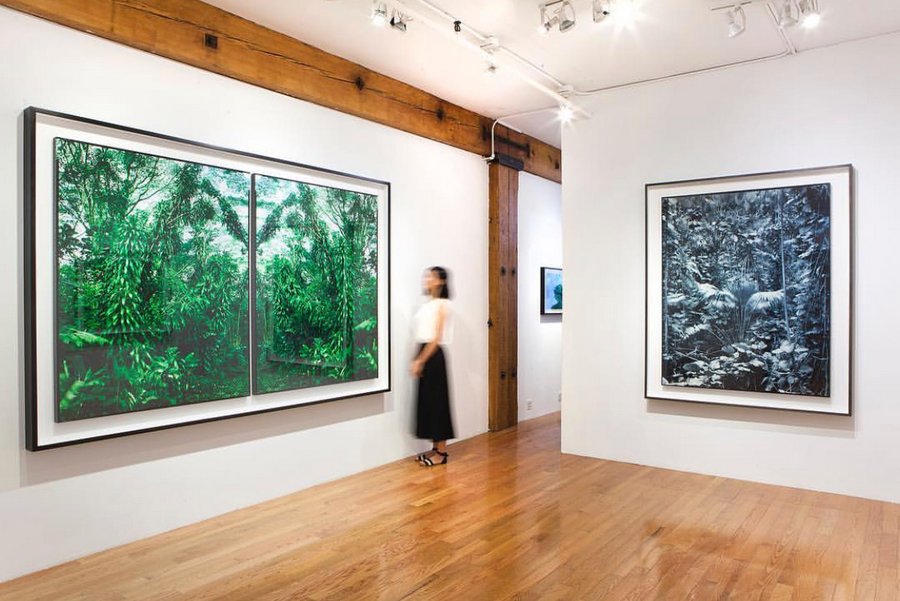
photograph © Miyako Yoshinaga Gallery, courtesy the artist
There is a reason why Yojiro Imasaka’s photographs of Hawaii are devoid of any beaches or resorts. In fact, other than the photographic evidence of the artist’s intent, there is no sign of human life at all. It’s not even clear what time period the photographs are from.
The NY-based Japanese photographer lugged his large-format camera to the island of O’ahu, and then further into the mountains, to capture the trade winds: a natural weather pattern on islands that have existed long before mankind.
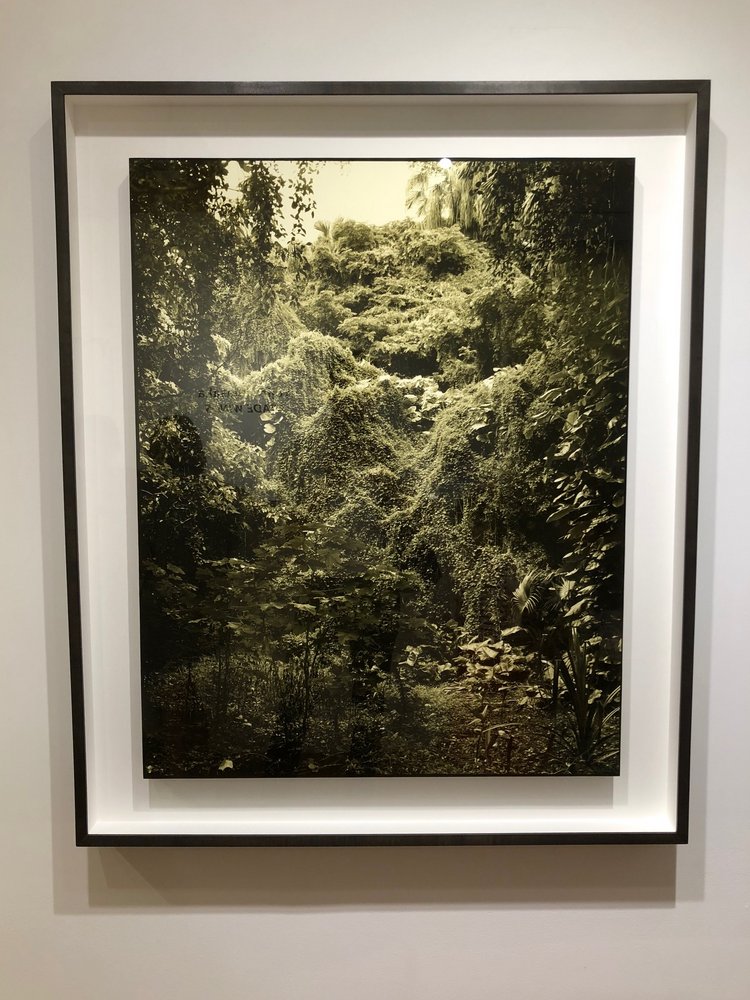
the artist’s alterations of color and tone are a means of rekindling the elusive memory of a place (photograph by spoon & tamago)
Imasaka’s series of new works foster a lost appreciation for large-format photography. Every blade of grass and leaf within the overgrown landscape is crisp and clear, except, of course, for the ones that are not. Using a slow shutter speed, Imasaka intentionally disrupts the landscape with sporadic moments of blurriness that results from the trade winds.
These trade winds are a naturally occurring weather pattern that results from equatorial air heating, rising, cooling and then falling again. This creates rotating air cells that deliver almost-constant breezes throughout the island. The term itself was derived from the early 14th century Middle English word ‘trade,’ which mean “path or “track,” and early sailors identified the winds as an important tool for sailing.
“Humankind and our existence account for so short a moment in natural history,” says Imasaka, reflecting on his work. “[nature] was here long before us, and it will be here long after us.” The brevity of human memory, as seen through the lens of Yojiro Imasaka, is on display at Miyako Yoshinaga Gallery in New York through October 20, 2018.
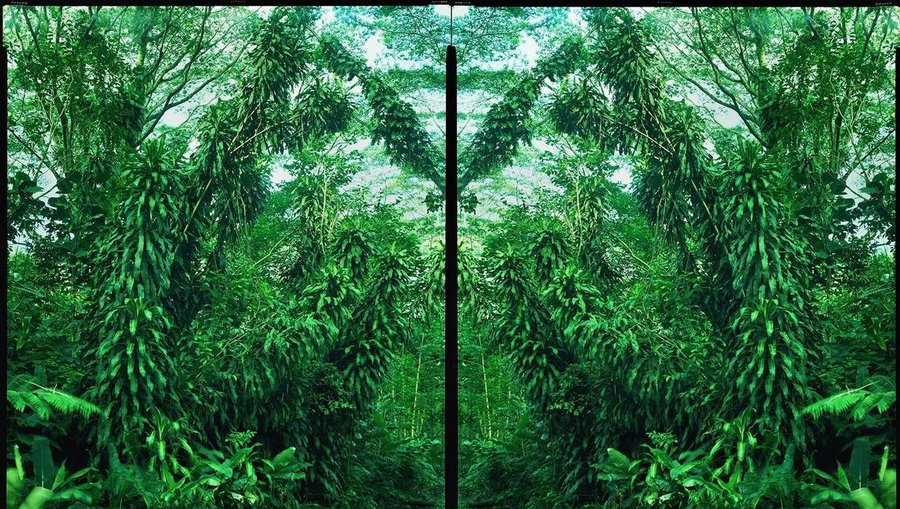
photograph © Yojiro Imasaka
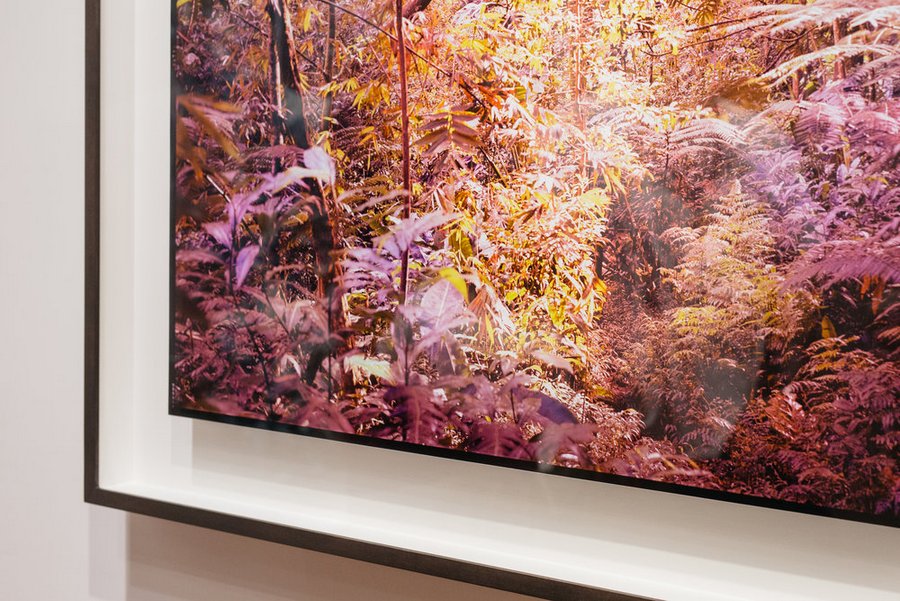
photograph by Nicole Angeles
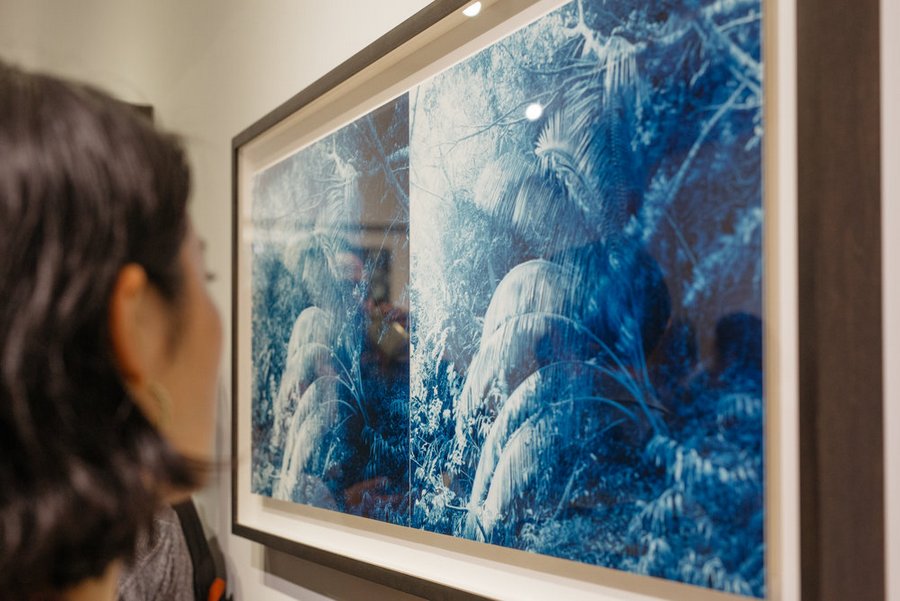
photograph by Nicole Angeles

photograph © Yojiro Imasaka
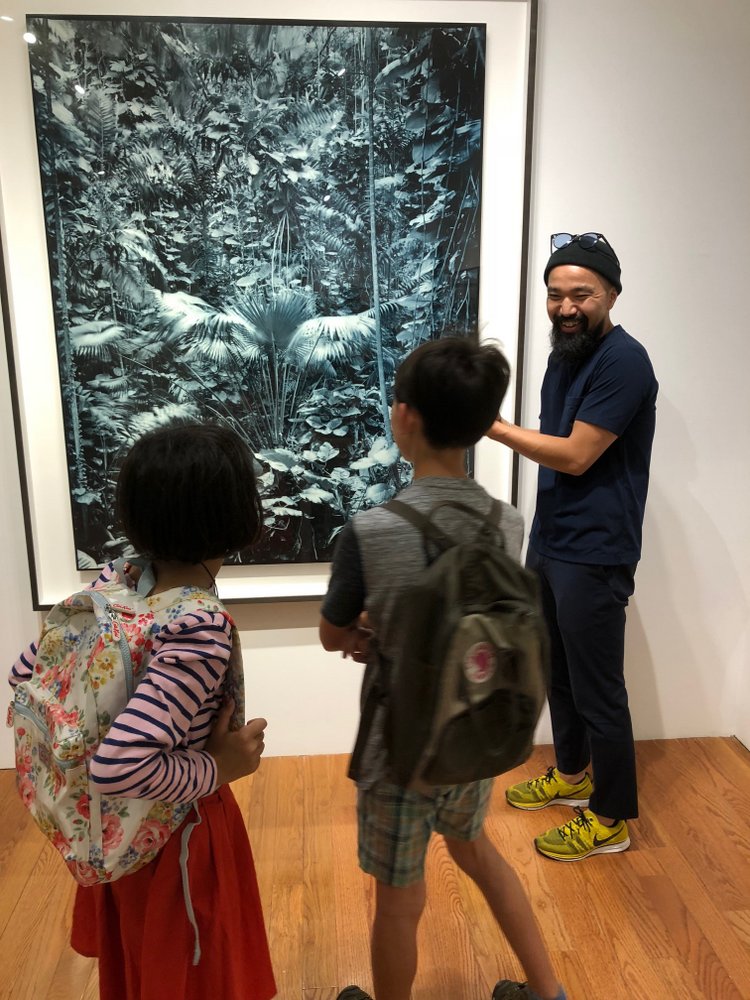
the artist explaining his work to our kids (photograph by spoon & tamago)


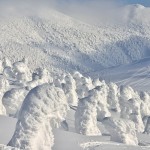


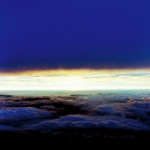


















September 20, 2018 at 2:12 pm
Dear Jonny, thank you for visiting us and writing this article!